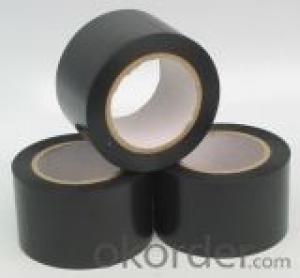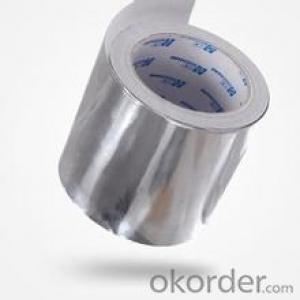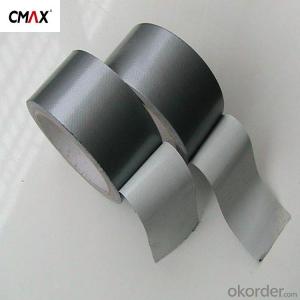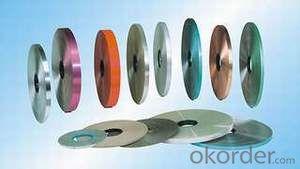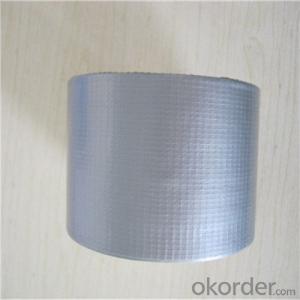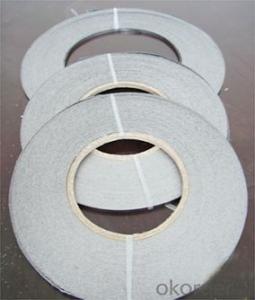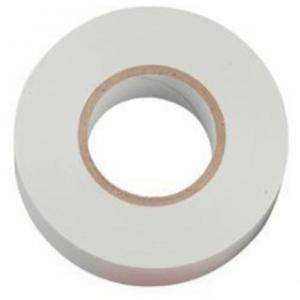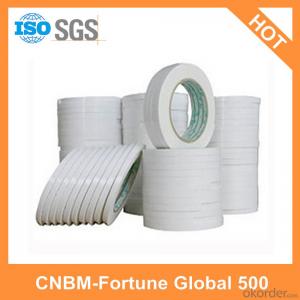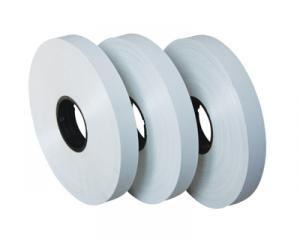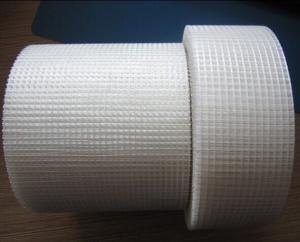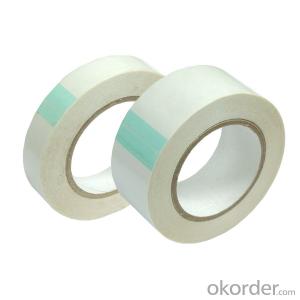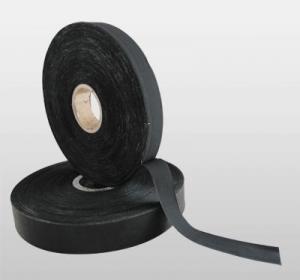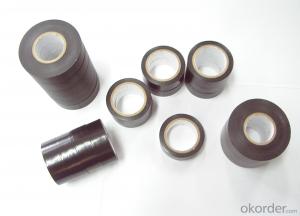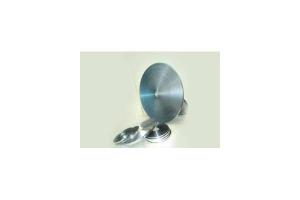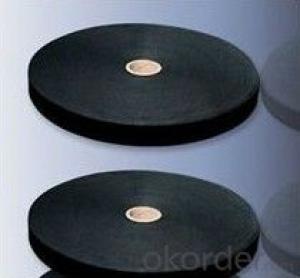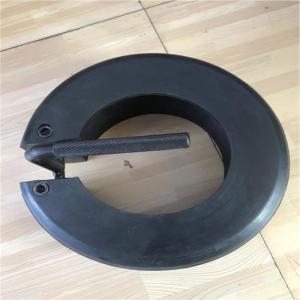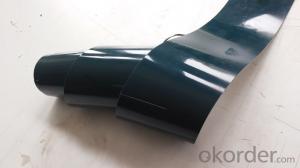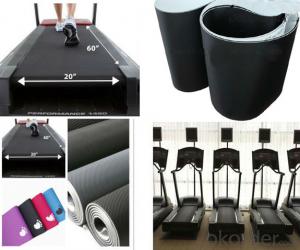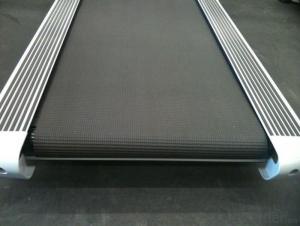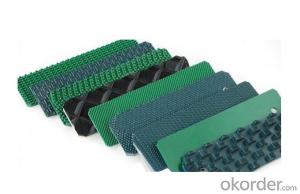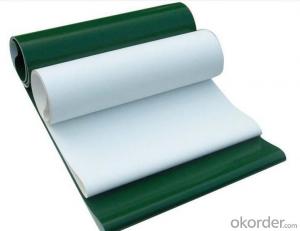Shipping Tape
Shipping Tape Related Searches
Best Shipping Tape Heavy Duty Shipping Tape Packaging Tape Mailing Tape Moving Tape Binding Tape Packaging Tape Art Copper Tape Transparent Packing Tape Package Sealing Tape Heavy Duty Packaging Tape Aluminium Tape Aluminum Tape Personalised Packing Tape Nylon Packing Tape Binding Cloth Tape Heavy Duty Mounting Tape Opp Packaging Tape Bead Tape Automotive Masking Tape Stainless Steel Tape Printed Box Tape Pe Tape Tape Aluminium Clear Plastic Shipping Tubes Tesa Tape Conductive Aluminum Tape Polypropylene Tape Protective Film Tape Sticky Mesh TapeShipping Tape Supplier & Manufacturer from China
Shipping Tape, a high-quality adhesive tape designed for securing packages and boxes, is an essential product for various industries. This tape is widely used in e-commerce, logistics, and shipping sectors to ensure that packages are safely and securely sealed during transit. Its strong adhesive properties and durable materials make it an ideal choice for maintaining the integrity of packages, preventing damage, and ensuring that contents remain protected. Okorder.com, a leading wholesale supplier, offers a vast inventory of Shipping Tape to cater to the needs of businesses and individuals alike. With competitive prices and a commitment to customer satisfaction, Okorder.com is the go-to source for reliable and efficient Shipping Tape solutions.Hot Products

